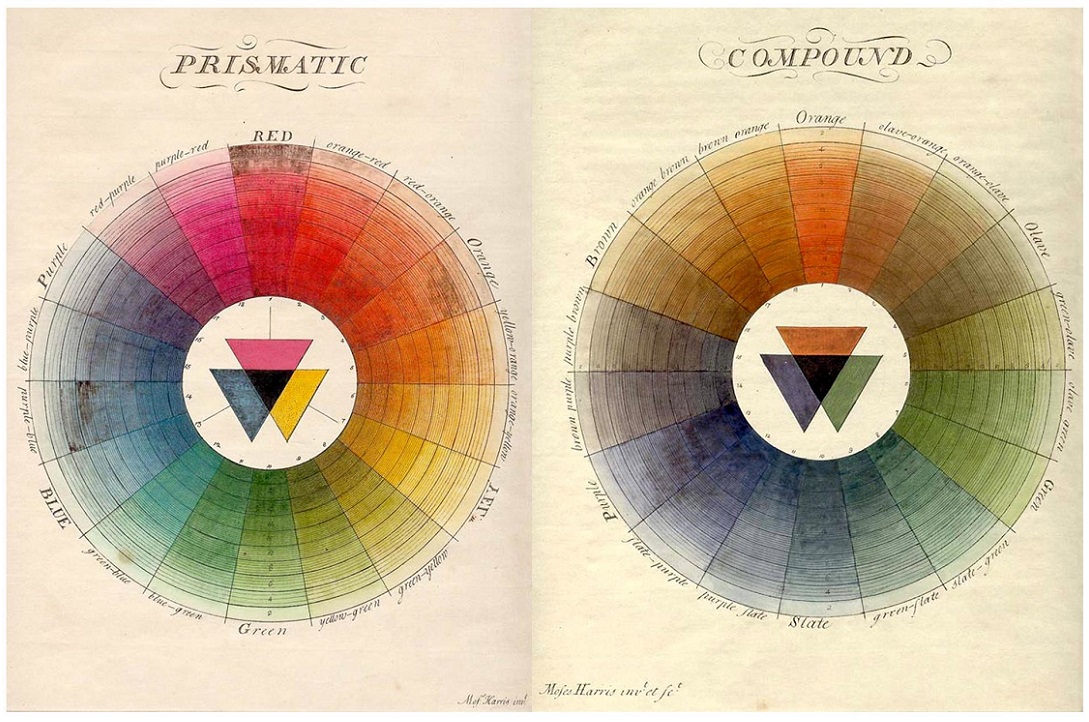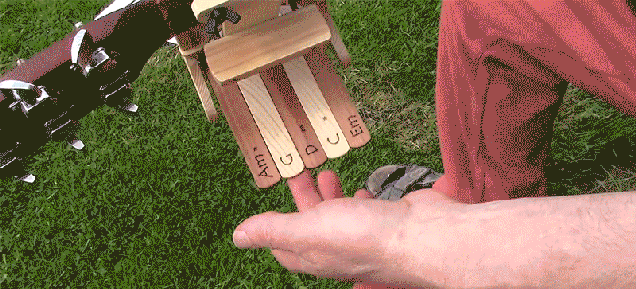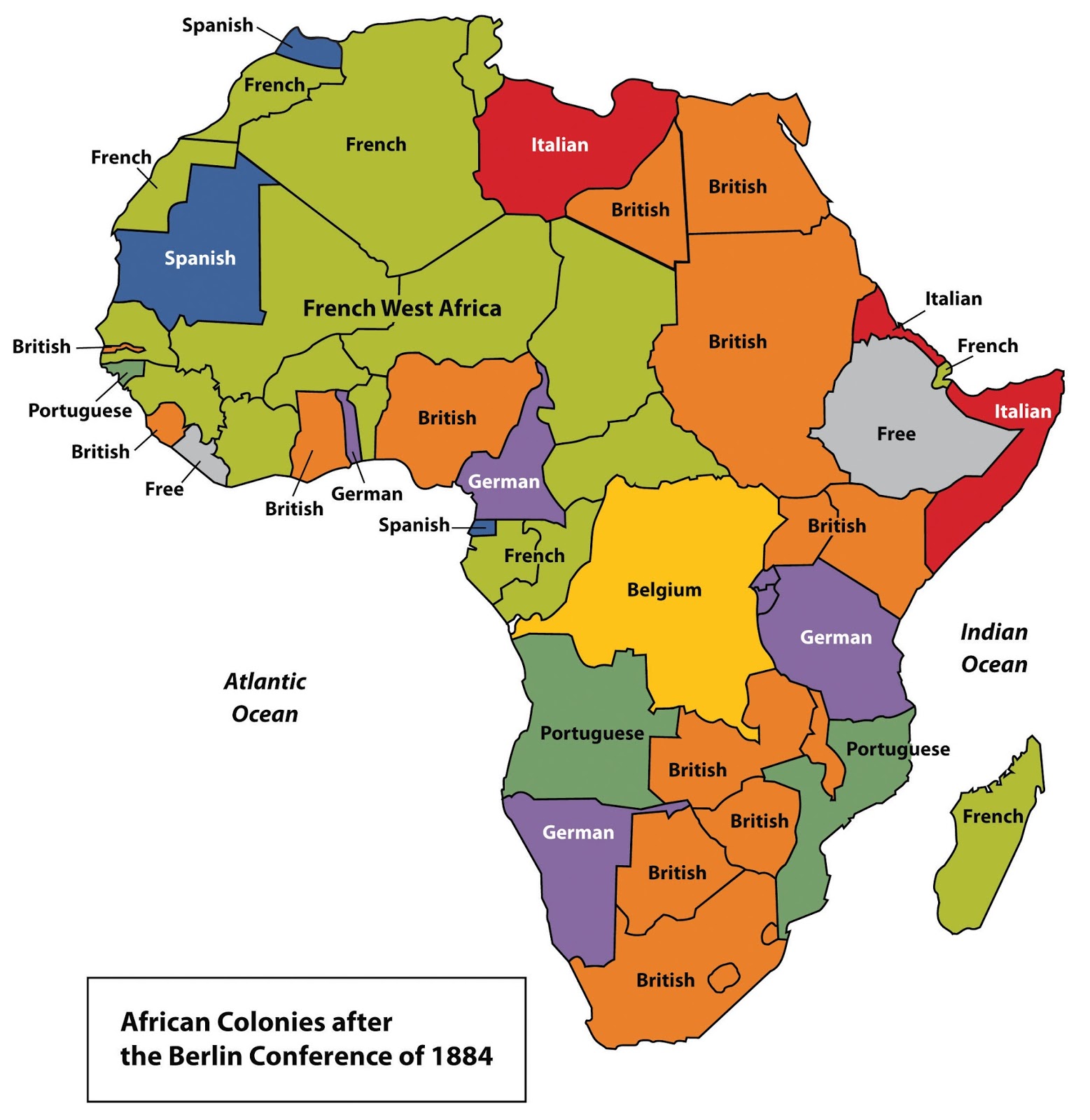In "
An Edwardian Package Holiday," Kirsty Hooper mentions the role that "lively representations" in illustrated travel books such as
Spain Revisited: A Summer Holiday in Galicia and
A Corner of Spain played in promoting northwest Spain to British tourists (
more here). Many other richly illustrated travel books from the same period are available online, perhaps most notably the
"Beautiful England" and "Beautiful Ireland" series published by Blackie & Son and the wide variety of titles published by A & C Black.
Some titles in the "Beautiful England" series
The English Lakes (1910), described by A. G. Bradley and pictured by E. W. Haslehust
Canterbury (1910), described by Canon Danks and pictured by E. W. Haslehust
Windsor Castle (1910), described by Edward Thomas and pictured by E. W. Haslehust
The Heart of Wessex (1910), described by Sidney Heath and pictured by E. W. Haslehust
Oxford (1910), described by F. D. How and pictured by E. W. Haslehust
Norwich and the Broads (1910), described by Walter Jerrold and pictured by E. W. Haslehust
The Thames (1910), described by G. E. Mitton and pictured by E. W. Haslehust
Cambridge (1911), described by Noel Barwell and pictured by E. W. Haslehust
York (1911), described by George Benson and pictured by E. W. Haslehust
The Isle of Wight (1911), described by G. E. Mitton and pictured by A. Heaton Cooper
The Peak District (1911), text by R. Murray Gilchrist and pictures by E. W. Haslehust
The Cornish Riviera (1911), described by Sidney Heath and pictured by E. W. Haslehust
Dickens-Land (1911), described by J. A. Nicklin and pictured by E. W. Haslehust
The New Forest (1912), described by Elizabeth Godfrey and pictured by E. W. Haslehust
Exeter (1912), described by Sidney Heath and pictured by E. W. Haslehust
Hampton Court (1912), described by Walter Jerrold and pictured by E. W. Haslehust
The Dukeries (1913), described by R. Murray Gilchrist and pictured by E. W. Haslehust
Dartmoor (1913), described by Arthur L. Salmon and pictured by E. W. Haslehust
Bath and Wells (1914), described by Arthur L. Salmon and pictured by E. W. Haslehust
Some titles in the "Beautiful Ireland" series
Ulster (1911), described by Stephen Gwynn and pictured by Alexander Williams
Leinster (1911), described by Stephen Gwynn and pictured by Alexander Williams
Connaught (1912), described by Stephen Gwynn and pictured by Alexander Williams
Killarney (1912), described by Mary Gorges and pictured by Francis S. Walker
Some titles published by A & C Black
Japan: A Record in Colour (1901) by Mortimer Menpes, transcribed by Dorothy Menpes
The Holy Land (1902), painted by John Fulleylove and described by John Kelman
The Durbar (1903) by Mortimer Menpes with text by Dorothy Menpes
Happy England (1903), as painted by Helen Allingham with memoir and descriptions by Marcus B. Huish
Oxford (1903), painted by John Fulleylove and described by Edward Thomas
The Alps (1904), painted by A. D. McCormick and described by W. Martin Conway
Edinburgh (1904), painted by John Fulleylove and described by Rosaline Masson
Familiar London (1904), painted by Rose Barton
Morocco (1904), painted by A. S. Forrest and described by S. L. Bensusan
Naples (1904), painted by Augustine Fitzgerald and described by Sybil Fitzgerald
The New Forest (1904) by Mrs. Willingham Rawnsley
Venice (1904) by Mortimer Menpes with text by Dorothy Menpes
Yorkshire: Coast and Moorland Scenes (1904), painted and described by Gordon Home
Abbotsford (1905), painted by William Smith, Jr., and described by W. S. Crockett
Beautiful Wales (1905), painted by Robert Fowler and described by Edward Thomas
Burma (1905), painted and described by R. Talbot Kelly
Florence and Some Tuscan Cities (1905), painted by Colonel R. C. Goff and described by Clarissa Goff
India (1905) by Mortimer Menpes with text by Flora Annie Steel
Norway (1905) by Nico Jungman with text by Beatrix Jungman
Nuremberg (1905), painted by Arthur G. Bell and described by Mrs. Arthur G. Bell
Rome (1905), painted by Alberto Pisa and described by M. A. R. Tuker and Hope Malleson
Tibet & Nepal (1905), painted and described by A. Henry Savage Landor
The West Indies (1905), painted by A. S. Forrest and described by John Henderson
Bruges and West Flanders (1906), painted by Amedée Forestier and described by G. W. T. Omond
Egypt (1906), painted and described by R. Talbot Kelly
Greece (1906), painted by John Fulleylove and described by the Rev. J. A. M'Clymont
North Devon (1906) by F. J. Snell
Northern Spain (1906), painted and described by Edgar T. A. Wigram
Surrey (1906), painted by Sutton Palmer and described by A. R. Hope Moncrieff
Sussex (1906), painted by Wilfrid Ball
The Thames (1906) by Mortimer Menpes with text by G. E. Mitton
Wessex (1906), painted by Walter Tyndale and described by Clive Holland
Westminster Abbey (1906), painted by John Fulleylove and described by Mrs. A. Murray Smith
Yorkshire Dales and Fells (1906), painted and described by Gordon Home
Cambridge (1907), painted by William Matthison and described by M. A. R. Tuker
Canada (1907), painted by T. Mower Martin and described by Wilfred Campbell
Canterbury (1907), painted by W. Biscombe Gardner and described by W. Teignmouth Shore
The Highlands and Islands of Scotland (1907), painted by W. Smith, Jr., and described by A. R. Hope Moncrieff
Ireland (1907), painted by Francis S. Walker and described by Frank Mathew
Lamia's Winter-Quarters (1907) by Alfred Austin with illustrations by George S. Elgood
Middlesex (1907), painted by John Fulleylove and described by A. R. Hope Moncrieff
The Riviera (1907), painted and described by William Scott
The English Lakes (1908), painted by A. Heaton Cooper and described by Wm. T. Palmer
The Flowers and Gardens of Japan (1908), painted by Ella du Cane and described by Florence du Cane
Isle of Wight (1908), painted by A. Heaton Cooper and described by A. R. Hope Moncrieff
Southern Spain (1908), painted by Trevor Haddon and described by A. F. Calvert
Windsor (1908), painted by George M. Henton and described by Sir Richard Rivington Holmes
China (1909) by Mortimer Menpes with text by Sir Henry Arthur Blake
Eton (1909), painted by E. D. Brinton and described by Christopher Stone
Paris (1909) by Mortimer Menpes with text by Dorothy Menpes
India (1910) by John Finnemore with illustrations by Mortimer Menpes
Malta (1910), painted by Vittorio Boron and described by Frederick W. Ryan
Kashmir (1911), painted by Major E. Molyneux and described by Sir Francis Younghusband
Bonnie Scotland (1912), painted by Sutton Palmer and described by A. R. Hope Moncrieff
Brittany (1912) by Mortimer Menpes with text by Dorothy Menpes
The Banks of the Nile (1913), painted by Ella du Cane and described by John A. Todd
Holland (1913) by Beatrix Jungman with illustrations by Nico Jungman



















 The 2015 Dice Tower Awards winners were announced at Dice Tower Con last night. The Dice Tower Awards nominees were announced earlier
The 2015 Dice Tower Awards winners were announced at Dice Tower Con last night. The Dice Tower Awards nominees were announced earlier






















